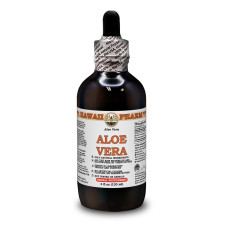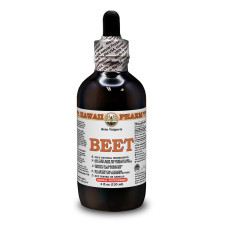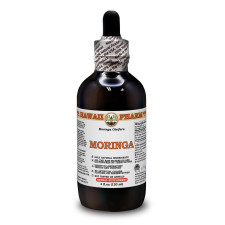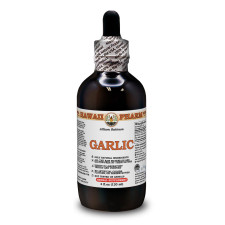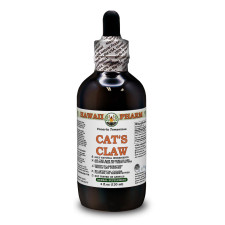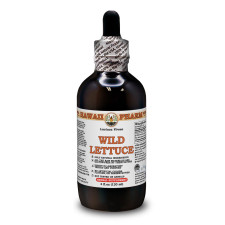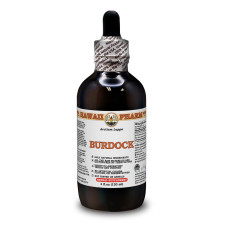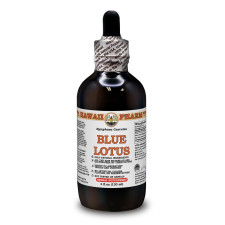- Home
- Alcohol Herbal Extracts
- Alcohol-FREE Herbal Extracts
- Veterinary Herbal Extracts
- Partnership
Partnership
We are open for cooperation with all interested persons or organizations. We have plenty of partners from all around the world and are looking for a long-term cooperation with new ones. At the present time we offer the following cooperation models:

WHOLESALER
We offer up to 30% discounts for wholesalers. The exact discount amount is dependent on your order amount, quantity and size of items. Minimum order amount is $300.

PRACTITIONER
Only for licensed practitioners! Create an account as practitioner and get special exclusive promotions. This kind of account is required manual approve.

AFFILIATE PROGRAM
Do you recommend us to your friends, family, colleagues and/or clients? If so: Thanks! We really appreciate it! Join our affiliate program. It’s by far the best way to monetize your Twitter or Facebook page, blog, or website.
- Blog
- Contact Us
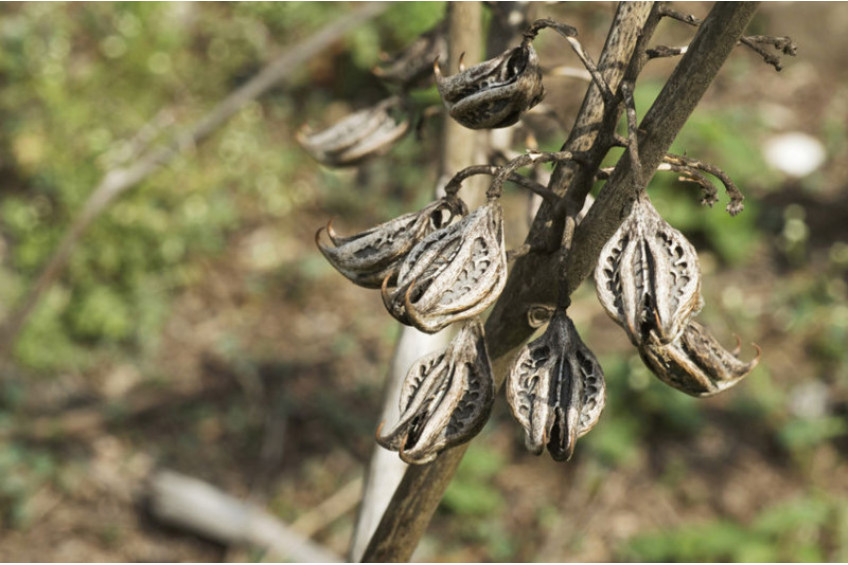
DEVIL'S CLAW
LATIN NAME: Harpagophytum Procumbens
COMMON NAMES: Martinia, Devil’s Claw, Harpagophytum prostrate, Forest Spider, African field Buttercup.
ORIGIN: South Africa
BOTANICAL INFORMATION: Devil's Claw is a perennial plant, genus Garpagophytum (Harpagophytum), belonging to the Martinian family (Martyniaceae), previously - the Sesame family or Pedal. The family includes 5 genera and approximately 17 species. Devil's Claw is a perennial plant with hollow, strongly branching stems that extend along the ground. They can reach up to 100 cm in length. Large, tuber-like thickening are formed on the roots of the plant. The leaves are long, large, up to 20 cm in length, with large teeth along the edge. All parts of the plant are covered with sticky downiness. During the rainy season, aboveground shoots can grow up to 1 m in length. Devil's Claw blooms with single bright red, purple flowers, which are formed in the axils of the leaves. The fruit of the Devil's Claw is a box with stiff, long branched outgrowths that have hooks bent back, hence the name of the plant originated. The young fruits of the plant are oblong and fleshy. As they ripen, they become black-woody, narrowed, ribbed. After drying, the fruit of the Devil's Claw splits into two sharp, curved Claws - hooks. The seeds of the plant are flat, brown, black or coal in color and of elongated shape. Sharp Claw-like outgrowths on the seed box are a kind of adaptation of the plant for dispersal. In nature, they serve to cling to the fur of wild mammals. Animals shake off the fruits, breaking them down with their hooves, thereby promoting the germination and spread of new young plants.
CHEMICAL COMPOSITION: Devil's Claw is the source of a number of important macro-and microelements: calcium, magnesium, iron, phosphorus, tin, potassium, cobalt, selenium, sodium, zinc. The devil's Claw’s root contains iridoid glycosides (harpagid, harpagoside, procumbin, verbascoside), triterpenes, quinones, flavonoids (luteolin, kempferol), fats, phytosterols, gavinon, phenolic acids (caffeic acid, cinnamic acid), aromatic acids, carbohydrates, oleanolic acid and alkaloids.
HISTORICAL FACTS:
In some regions, fragrant Devil’s Claw is grown as a decorative culture and to produce horned boxes, which can be used as an original amulet.
Fruit capsules were used by the Arizona aborigines to protect them from enemies.
The Indians laid out a lot of horrific type of baskets, woven from the fruits of the plant, on the trails, masking their terrible structures under the leaves. The sharp outgrowth-hooks of the fruits of the Devil's Claw caused unbearable pain, penetrating the skin of human feet or piercing the body of an animal.
The name "devil's Claw" is derived from the appearance of the fruit of the plant, since the fruits of the harpagophytum have two straight long spikes and many oblong hook-shaped protrusions. Garpagofitum from the Greek. harpage - "hook" and phyton; lat procumbens - in translation - "lying", "adjoining".
*Be sure to follow relevant directions on product labels and consult your pharmacist or physician or other healthcare professional before using.
Get exclusive deals you will not find anywhere else straight to your inbox!
Subscribe / UnsubscribeCookies policy
 We use cookies and similar technologies that are necessary to operate the website.
You can consent to our use of cookies by clicking "Accept..."
We use cookies and similar technologies that are necessary to operate the website.
You can consent to our use of cookies by clicking "Accept..."
Get exclusive deals you will not find anywhere else straight to your inbox!
Subscribe / UnsubscribeWe meticulously produce our extracts according to precise standards where each herb is extracted according to the distinct characteristic of each plant! Hawaii Pharm LLC offers the biggest choice of liquid herbal extracts in the World!

Hawaii Pharm LLC - Nature Heals. Highest Quality Herbal Products Since 2008.



